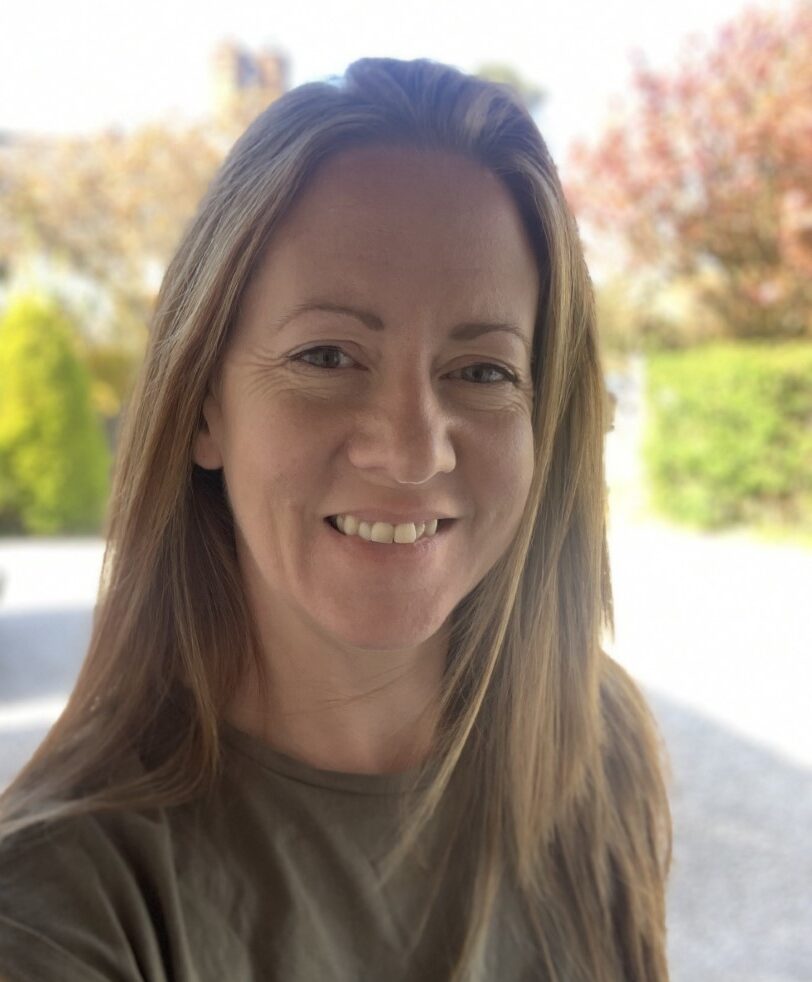
5 differences between fostering and adopting
Welcoming a child into your family is a rewarding experience. But how do you choose between fostering vs adopting? What’s the difference?
let’s start with a few facts…
Around 285 children are adopted in Wales each year, compared to 1857 children needing foster care. The children who need adopting, are often in foster care first, before a decision is made that adoption is the best option for them.
and the legal difference…
The main difference between fostering and adoption is when you adopt a child, you legally become the child’s parent. In foster care, the children are the legal responsibility of the local authority and the birth family, with foster carers having responsibility to provide day-to-day or longer-term care.
In this blog, we will share 5 more differences between fostering and adopting.
- How long does it take?
- Support
- Letting go or forever – the emotional side of things
- Decision making
- Staying in touch with birth family
Plus we’ll explain the variety of fostering and adoption options available.
how long does it take to foster or adopt?
The assessment process to become a foster carer and adopter is actually very similar.
You’ll meet your local team, attend training and then have a 4-6 month assessment process where the assessor will get to know you and your family. You’ll then be recommended for approval at foster panel or adoption panel.
the difference:
As a foster carer, a child could arrive the very next day.
As an adopter, this may take longer.
Your local adoption agency (Regional adoption service or Voluntary Adoption agency) may have a child in mind for you to adopt, which will then start a process of matching, introductions, moving in, before an Adoption Order is granted.
But more often, the process of identifying the right child for you to adopt varies from family to family, and will often take at least another 3 – 6 months from approval and sometimes longer.
What can speed this up? How flexible your matching criteria is
- whether you can consider a wide age range
- more than one child
- a sibling group of 2 or more
- children with complex needs
- or medical conditions etc
and the number of children needing adoption at the time, will determine how long this takes.
Whilst looking for a match within your region, your details will also be added to the Adoption Register Wales so that you can be considered for children from across Wales.
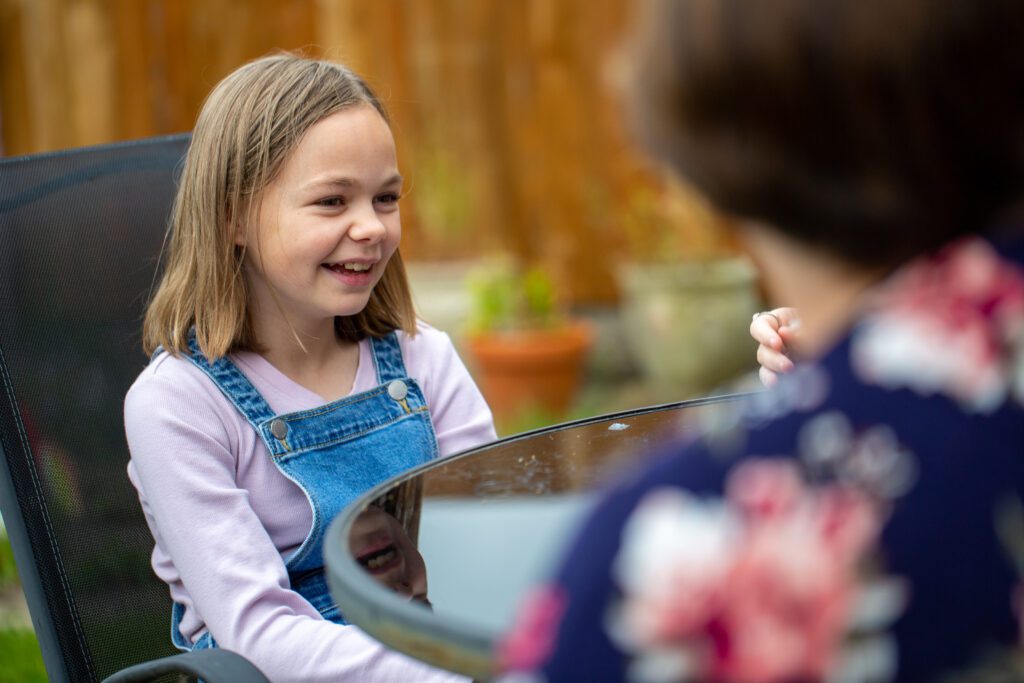
what support do you get as an adopter or foster carer?
Whether you are fostering or adopting, caring for children who have experienced a traumatic start in life, isn’t easy.
You can’t do it alone.
Support from friends, family, your employer, fellow adopters and foster carers is essential.
the difference
The support as a foster carer will involve regular visits from your social worker and the child’s social worker, as well as informal support and an expectation to continue on-going training. Foster carers are financially supported to care for every child. Support from your employer will vary, but we encourage all businesses to be “fostering friendly” which gives foster carers additional annual leave, time to attend training and settle a child into your home.
As an adopter, social workers are no longer involved once an Adoption Order has been granted. You can access the level of adoption support that you need, as and when you need it, through your adoption service. During the matching process, an Adoption Support Plan will be developed for the child which will take into account their needs now and what they may likely need in the future. As an adopter, any financial support such as adoption allowance, will only be available in some cases. Adoption leave is a legal right and offered by employers similar to maternity and paternity leave. An Employer’s Toolkit ‘Adoption in Your Business’ is also available.

letting children go – short term or long term? Forever?
Letting children go is something that often puts people off fostering.
“I’d get too attached” we hear.
Well – getting attached and caring – that’s a good thing! We want our foster carers to care and love the children. This shows our children how to love, trust and build positive relationships in their future.
There’s no denying that is a difficult bit of fostering, when a child moves on. You’re helping a child return back to their family or building a new family for a child – whatever is best for them.
And it doesn’t have to be a forever goodbye.
Many foster carers keep in touch with the children they’ve cared for. A child can never have too many people who love them.
And if the idea of lots of children coming and going doesn’t work for you, then long term fostering might be a better fit.
the difference
In adoption, the child becomes a legal and permanent member of your family, forever. They are staying put. You are their parent.
The goal in fostering, first and foremost, is to return children to their family if this is at all possible. If that’s not possible, then foster carers can provide a secure and loving home for children to grow up, giving them a secure base while maintaining connections to those who are important to them. The children become part of your family, but in a less formal way.

decision making
When you adopt a child, you become their parent. You can make the decisions.
When you foster, the parental responsibility is shared between the birth parent and the local authority, who then delegates responsibility to the foster carer.
the difference
In adoption, making decisions about your child’s life is now your responsibility, you can approve every decision as their parent – from what school they attend and going on a school trip to applying for a passport, medical treatment or even a piercing.
In foster care, many of the decisions will be made collectively by the whole team involved with the child, including social workers, birth family and foster carers. Foster carers will often pass any important forms for medical care etc to the child’s local authority social worker for a senior manager in the local authority to approve.
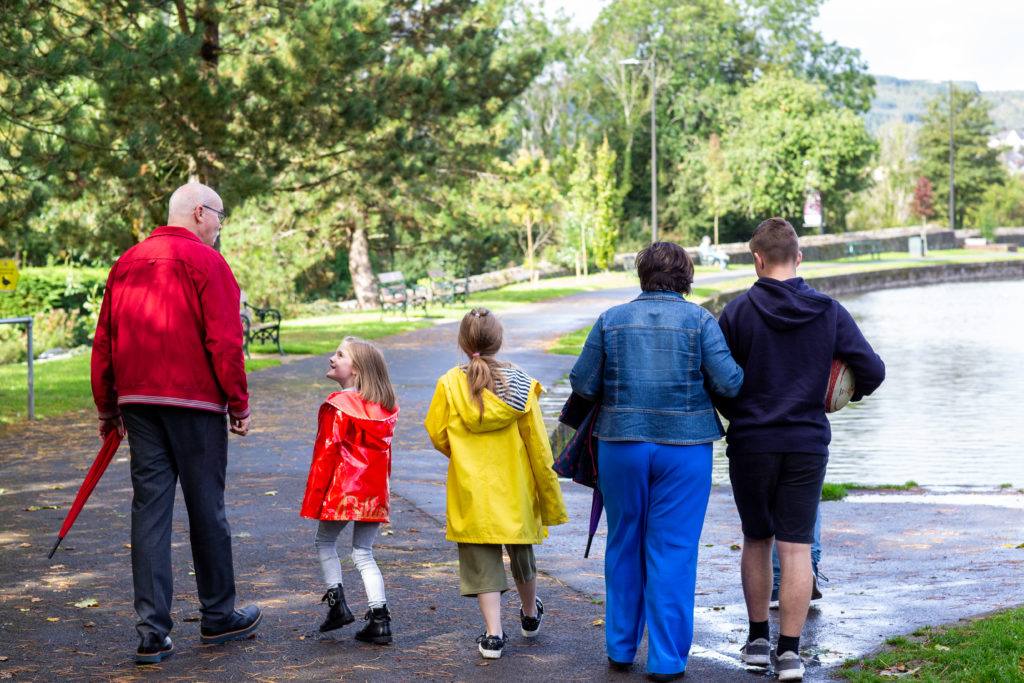
staying in touch with birth family
Whether in fostering or adoption, maintaining positive relationships is important for children to understand their past and move forward into a positive future.
the difference
As a foster carer, contact with the child’s birth family might be as frequently as daily or weekly, particularly for children who have recently come into care, young babies or children who are likely to return to birth family. This is usually face-to-face in the local community. For longer term fostering, this frequency might reduce to monthly or annually.
Modern adoption is a more open arrangement where children should always know they are adopted and know who their “birth family” are. They may keep in touch with siblings or other family members who are important to them. The frequency and type of contact will be different for every child but the majority will have indirect contact via a Letter Box arrangement which is managed by the adoption agency. For some children the plan may be to start with this, building to more direct contact as the child grows up, if this is what the child needs.
adopt AND foster?
So far in this blog, we talked about making the choice between fostering and adopting.
If you are choosing which option is right for you , a little piece of advice from an adopter I once heard was…
“look in the mirror, be honest with yourself, do you want someone to call you mum/dad, if so then adoption is probably for you, if you don’t mind what they call you so long as it’s vaguely polite, and you’ve got something to offer a child , foster.”
But there are more options to consider…
adopting then fostering
Some adopters, once their child is settled (this can be many years down the line) will feel like they want to give something back. They know the difference that foster care made to their child in those early days.
Adopters have a lot of knowledge and experience to offer.
Although you’d have to go back though the assessment process again (groan!) you can use everything you’ve learned in adoption, and sometimes your original assessment, to then become approved as a foster carer.
Even just providing short breaks to support other foster carers will be welcomed.
The important thing to consider is that your child is fully on board with fostering and you are ready for any questions or feelings that this may stir up about their own adoption story.
adopting and continuing to foster
Some foster carers are caring for a wide mix of scenarios; they may be fostering one child short term, another child long term, alongside a child that they’ve adopted.
Some tricky situations to navigate when you foster children alongside adopting, is children asking why you don’t adopt them too. This may not be possible depending on the child’s legal status and will take some careful explaining to the child.
fostering then adopting
There are a small number of foster carers who adopt the children in their care. This isn’t very common, but usually in a situation where the child needs stability and long term care.
“We hadn’t gone into fostering with the intention of keeping a child. Even though we love all the children we care for, we never thought about adoption, up to this point. On paper she might not be seen by other people as the perfect child, but she is perfect in herself and perfect for us. She is the missing piece of the jigsaw that we didn’t know was missing. In some ways it’s no different, we have always treated all the children as our own – taken them on holiday with us and given them birthday parties. But now we don’t have to get permission – it makes for normality. She continues to meet up with her sister and grandmother several times a year, which is important and beneficial for her”
Foster carer and Adopter
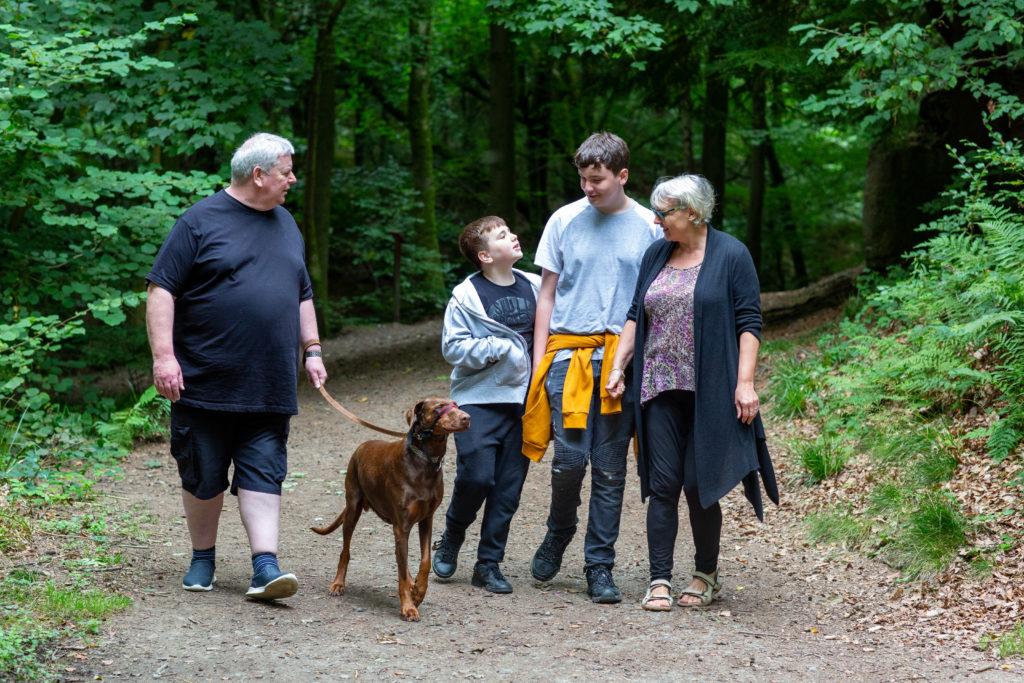
special guardianship order
Neither fostering or adopting, some foster carers take on a special guardianship role for children in their care.
The definition of a special guardianship order is a legal order that places a child with someone other than their parent on a long-term basis.
The special guardian is granted parental responsibility, to not only make day-to-day decisions about the child, but also decisions about medical, school, holidays, child’s finances and allows them to make the final decision. Although there may still some occasions where the birth family’s permission is needed ie. for change of surname or extended visits abroad for 3+ months.
This reduces the involvement of social workers and the child is no longer considered a looked-after child, but support can still be provided by the local authority.
Foster carers can apply when the child or young person has lived with them for at least a year. Visit familylives or grandparentsplus for more information.
“I’ve been a foster carer for many years, but with one particular child and his older brother, I felt so embedded in their family and wanted to give him the security he needs with me and his wider family for as long as he needs it. Becoming his special guardian means the world to me, and a secure future for him”
Foster Carer
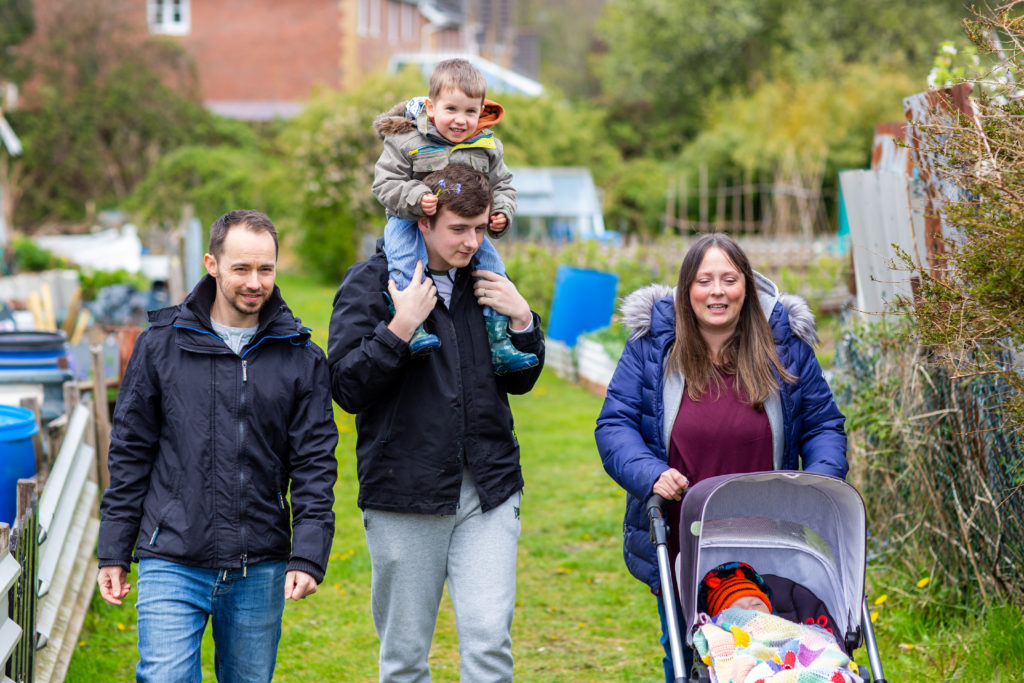
early permanence
A newer development in fostering and adoption in Wales, is a concurrent or ‘twin-track’ arrangement. Known as Welsh Early Permanence (WEP), this type of adoption helps a small percentage of children in care, who are likely to have a high probability of needing permanence via adoption.
During the early stages of being in care, the children (often under 4 years old) would be cared for by foster carers who have potential to adopt.
Approved as adopters first and foremost, you would care for a child during the court process, where family members may come forward to be assessed or birth parents who, with support, may turn things around.
Adopting the child is never guaranteed.
You’ll be assessed, trained and supported as a foster carer during this time.
This ‘early permanence’ means less moves for a child; staying with people who they have built those important early bonds with.
In England, a similar type of concurrent planning is known as “foster to adopt” or “foster for adoption”.
foster vs adopt?
There are lots of different options when it comes to adopting, fostering and providing a caring loving home for a child.
To find out more about adoption contact the National Adoption Service.
To find out more about fostering, contact your local authority fostering team.
